“Ravi et al. revisit the idea that plants self-organize to find water by studying the interactions of water, soil, and vegetation in Namibian fairy circles “- Witman, S. (2017),
Witman, S. (2017), Mysterious “fairy circles” continue to enchant scientists, Eos, 98, https://doi.org/10.1029/2017EO071017. Published on 05 April 2017.
Commentary by the JGR Editor Dr. Dork Sahagian, The magic of fairy circles: Built or created? http://onlinelibrary.wiley.com/doi/10.1002/2017JG003855/full
https://eos.org/research-spotlights/mysterious-fairy-circles-continue-to-enchant-scientists

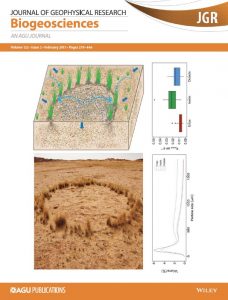
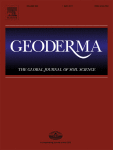

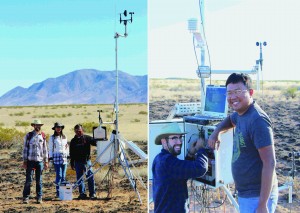


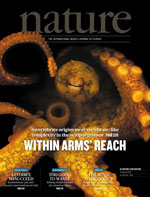
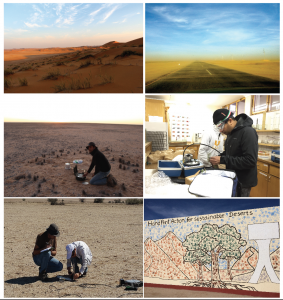
You must be logged in to post a comment.